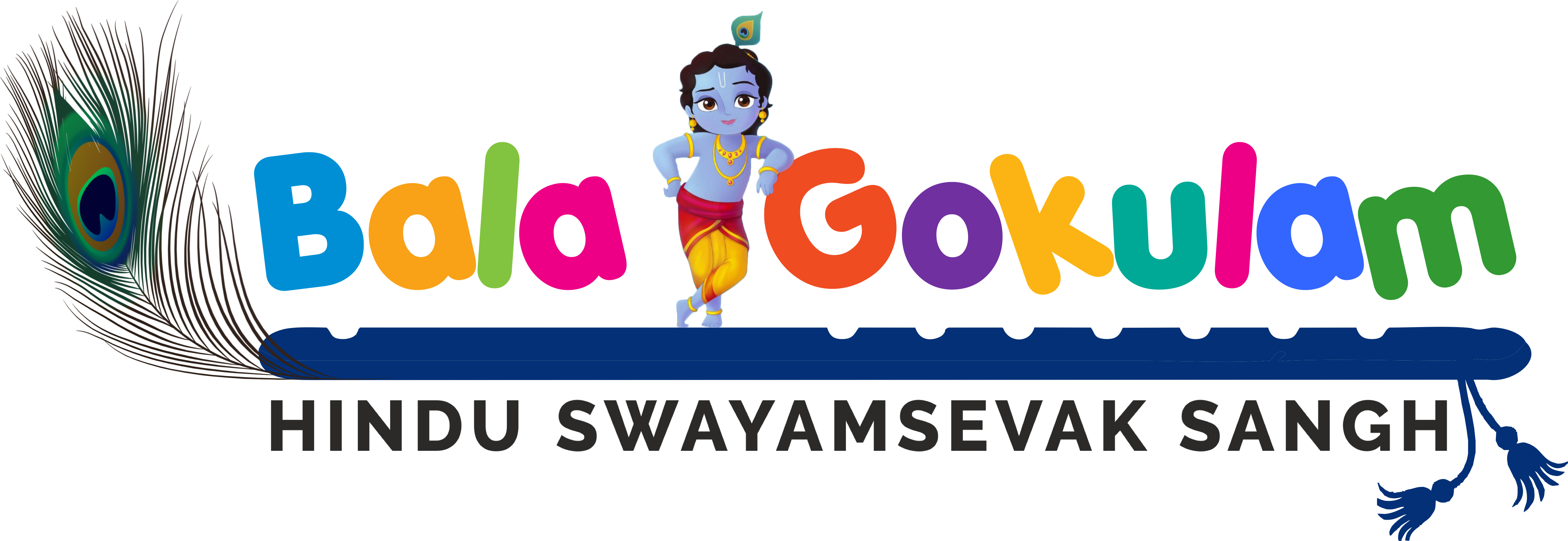Sixteen Hindu Samskars
Click here to download powerpoint slides.
In Hindu way of life, 16 major milestones are identified in the lifespan of a person and certain activities/procedures are prescribed to be done at each these milestones and these are called 16 samskars. Three of these are before birth, 12 after birth during the life of the person and 1 after death.
These milestones are carefully selected and the activities/procedures performed at these milestones are carefully articulated by our ancestors for a healthy, prosperous and meaningful life in future. These deliberate & positive impressions which help create deep & lasting impressions on the mind of a person – so as to generate interest in him/her about the Truth & Dharma, righteous way of living, help bring out a positive personality and free the mind of its negativities and fill it with positive energy.
The whole ‘work’ is on the mind alone, to manifest the basic inherent beauty, freedom & potential which facilitates to carve out a dynamic, creative, intelligent & magnanimous personality. Interest is a very subjective thing, and has to come out from within. It can never be imposed. Interests are created by impressions & knowledge. That is what advertising and marketing agencies do too. They create impressions, and this ‘works’ on the mind of the person to bring about the interest in him/her in the desired field. While the experts of the advertisement world use this ‘knowledge of impressing minds’ for their commercial gains, the Vedic Masters used this knowledge to help develop a positive & dynamic personality among people. While the former conditions the mind to the extent that the very thinking process of their target group is conditioned in their favor, the Rishis saw to it that the very power to think & question independently & creatively of the people grew.
16 Samskars are the turning points of life and need to be celebrated. Celebrations are very important ingredients of Samskars. They involve our respected elders, scholars, near & dear ones. Everyone gets together to convey their best wishes & blessings to the person concerned and thus there is social & religious sanction for the act & the ceremony. Samskars are effective time-tested tools in our traditional systems. Apart from scriptural validation, history (story of Abhimanyu, Acharya Shukdev) also proves to us the great effectiveness of these methods. The 16 samskars are:
- Garbhadan: The first coming together of the husband & wife for bringing about conception.
- Pumsvan: Ceremony performed when the first signs of conception are seen, and is to be performed when someone desires a male child.
- Seemantonnayan (Seemant + Unnayan): Performed during the seventh month of pregnancy. By this time the heart, mind and brain of the baby are formed and functional. The parents to be and their relatives offer prayers to the Almighty for mental & intellectual growth of the child. Presiding Deity of Mind is Moon.
- Jatakarma: After the birth of the child, the child is given a secret name, he is given taste of honey & ghee, mother starts the first breast-feeding after chanting of a mantra.
- Nama-karana: In this ceremony the child is given a formal name. Performed on the 11th day.
- Nishkramana: In this the formal darshan of sun & moon is done for the child.
- Annaprashana: This ceremony is performed, when the child is given solid food (anna) for the first time.
- Chudakarana: Cuda means the ‘lock or tuft of hair’ kept after the remaining part is shaved off.
- Karna-vedha: Done in 7th or 8th month. Piercing of the ears.
- Upanayan & Vedarambha: The thread ceremony. The child is thereafter authorized to perform all rituals. Studies of Vedas begins with the Guru.
- Keshanta: Hairs are cut, guru dakshina is given
- Samavartan: Returning to the house after acquiring education
- Vivaha: Marriage ceremony
- Vanprastha: As old age approaches, the person retires for a life of tapas & studies.
- Sanyas: Before leaving the body, a Hindu shed all attachments to awake & revel in the timeless truth.
- Antyeshthi: The last rites done after the death.

